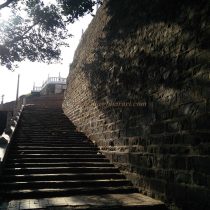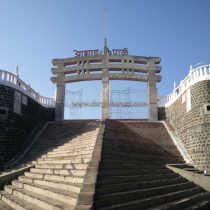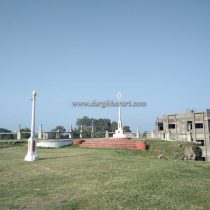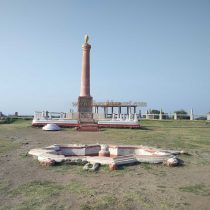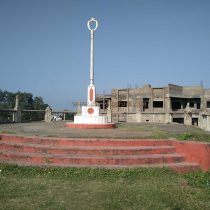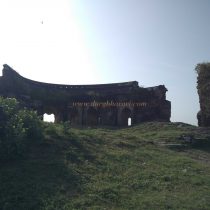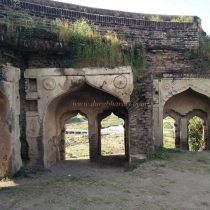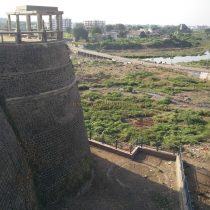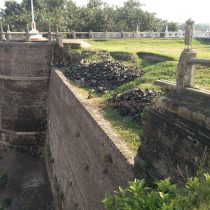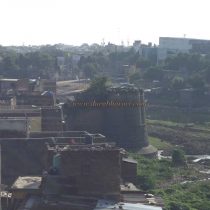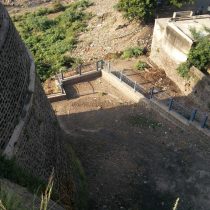AKOLA
TYPE : GROUND FORT
DISTRICT : AKOLA
HEIGHT : 0
GRADE : EASY
When we talk about tourism in Akola district of Vidarbha we remember Narnala fort and Melghat tiger project only. But many people do not know that Akola town in Akola district still has a fort known as Asadgad or Akola fort. Most of the trekkers are not aware of this fort so the information about this fort is described in as brief as possible. According to local legend, a Rajput chief named Akolsingh built the village of Akola on the banks of the river Morna and built earthen ramparts around it to protect it. This fort is then mentioned in the book Ain-e-Akbari. According to Ain-e-Akbari, Akola was a part of Narnala county. In 1697, Asad Khan, the Diwan of Aurangzeb, received the Akola Village as an Award and he built strong fortifications on all four sides of the Akola village and gave the fort its name.
...
According to the inscription on the Edgah in the city, Abdul Latif completed the construction of the fort in 1698 under the supervision of Asad Khan, which means that it took about a year to build the fort. A total of four gates namely Dahihanda Wes, Balapur Wes, Agarves, and Gajwes were built on the ramparts of Akola fort. The fort is at a distance of 3 km from Akola railway station and there are both options available by rickshaw or bus. Instead of asking the locals about the fort, you can easily reach the fort by asking for the Rajarajeshwar temple. Steps are leading to this fort in front of the Rajrajeshwar temple. Over time, the ramparts and gates of the fort have been destroyed and today we can only see the part of the fort along the river Morna. The ramparts of the fort are built of stone in the lower part and the upper part is built of bricks. The hill on the banks of the river Morna has a total of five towers, one of which has completely collapsed. Today the river Morna has turned into a sewer and a well can be seen in this river basin. As you walk along the shore, you see a limestone mound under a bastion. There used to be many bastions on the ramparts of the fort, but today the part we see as a fort in the area between Asad Bastion, Fateh, or Panch Bastion, Agarves Bastion. Fateh or Panch Bastion is known as Asadgad today. In the center of the fort, the monument erected by Akola Municipality in memory of the revolutionaries is in a very bad condition. There is a partially collapsed building on this bastion and this building is known as Hawa Mahal. Until 1903, the school was housed in this building. The Agarves Tower is a short distance from the ruined building. The Agarves Door, which is adjacent to the Agarves Bastion, is still standing and was built in 1843 by Govind Appaji, the Sardar of Nagpur Bhosale. If you want to see this gate and tower, you have made your way through the stench and alleys. In 1803, during the Anglo-Maratha War, Arthur Wellesley set up his camp here before winning the battle of Aragon. Around 1870, most of the forts were destroyed by the British, and the rest were encroached upon by the locals. Half an hour is enough to see the whole fort.
© Suresh Nimbalkar

